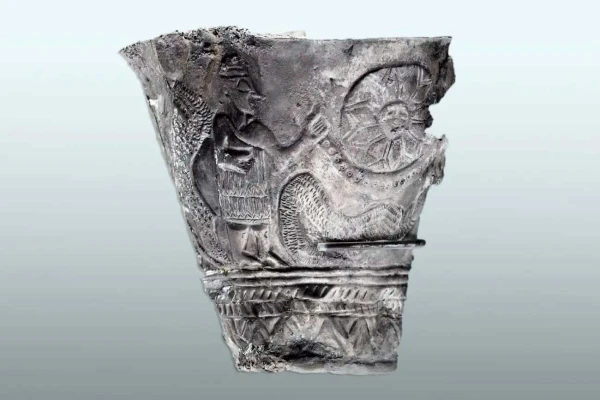
Sticky 'nets' made of DNA have been found in the blood of people with post-COVID syndrome.
Unusual microstructures have been found in the blood of people with post-COVID syndrome, which may underlie chronic fatigue, 'brain fog,' and breathing problems. A study published in the Journal of Medical Virology (JMV) showed that such patients have nearly 20 times more abnormal microthrombi than healthy individuals, and they are larger, denser, and much harder to break down.
Researchers also identified a sharp increase in the levels of NET structures—sticky 'nets' made of DNA and enzymes that immune cells release to capture pathogens. It was previously thought that NET structures and microthrombi were independent markers of inflammation, but it has now been revealed that in patients with post-COVID syndrome, they are literally intertwined. These dense complexes can disrupt blood flow in the smallest vessels and sustain prolonged inflammation, explaining the persistent cognitive and physical symptoms.
The difference between the samples was so pronounced that an AI algorithm was able to distinguish the blood of patients with post-COVID syndrome by one type of microthrombus with an accuracy of 91 percent. The authors of the study believe that the combination of microthrombi and NET structures could become the first objective biomarker for post-COVID syndrome.
It was previously reported that those who have recovered from COVID-19 are more likely to encounter osteonecrosis of the hip.















Leave a comment